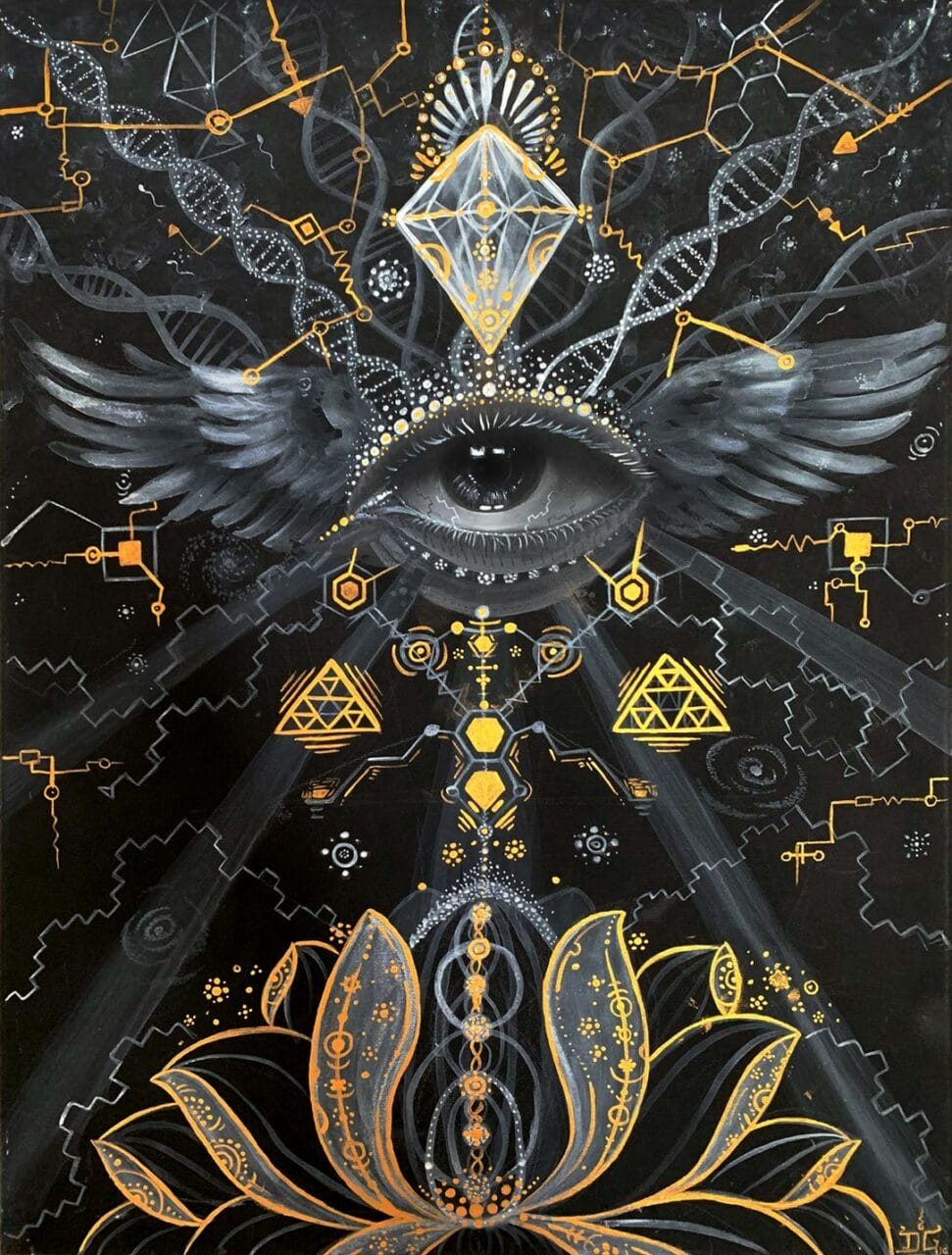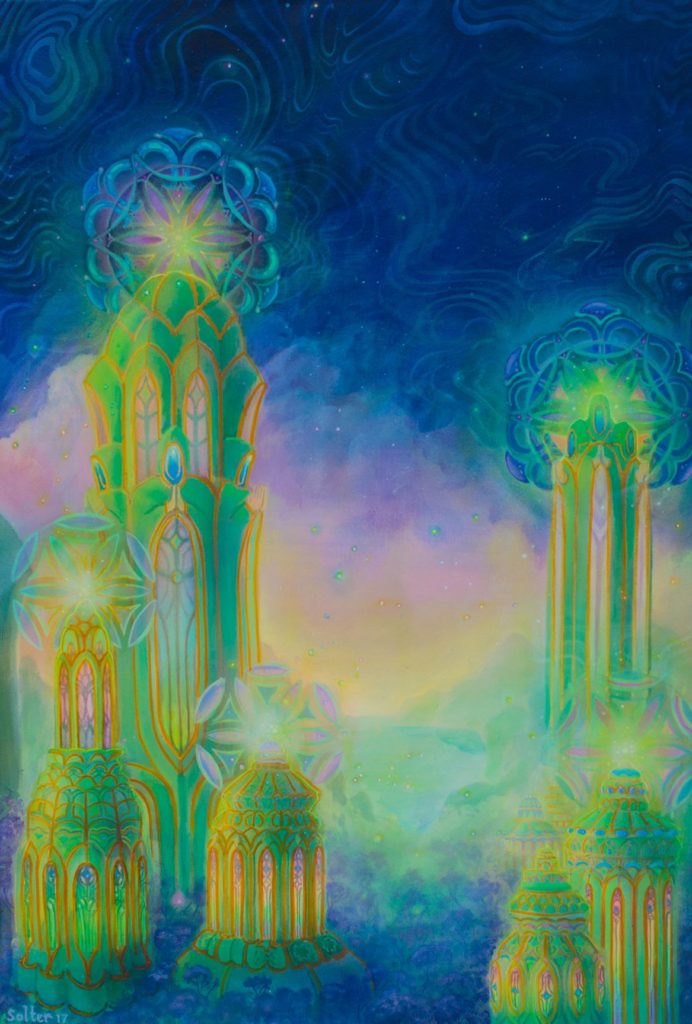
© Uni Kaya
The Historical Journey of Magic Mushrooms
The unique Magic Mushrooms, which includes over 200 species, has had a presence since 9000 BC according to historical data. These mushrooms contain psilocybin, a substance known for causing hallucinogenic effects such as altered perception and auditory and visual hallucinations, often leading to intense spiritual experiences. Various cultures and tribes have utilized these mushrooms in spiritual ceremonies and rituals for millennia, with a large number of these historical occurrences stemming from North and South America.
Magic Mushrooms in Ancient Times
Across the centuries, many cultures have incorporated natural psychedelics into their practices. Evidence from the Sahara Desert indicates that humans were consuming Psilocybe Cubensis more than 7000 years ago. Archaeological findings reveal the depiction of this psychoactive substance in prehistoric art across various regions. For instance, the indigenous tribes of the Sahara in North Africa portrayed its use in their artwork dating back to around 9000 BC. The renowned Selva Pascuala mural rock painting in Spain, which is approximately 6000 years old, illustrates the use of Psilocybe Hispanica in religious rituals. The influence of these substances on our cultural evolution, religion, societal norms, art, and everyday life is increasingly apparent. It’s clear that this substance has made a significant mark on our cultural and societal landscape.
A Brief History of Magic Mushrooms Use
Historically, Magic Mushrooms have been consumed for a long time. This mind-altering substance that we know today has been utilized over various centuries with diverse practices regarding its use. Who can resist the gifts of nature? It’s time for Shroomyz Canada to delve into the historical path that has led Magic Mushrooms to where it stands today.
Notable Points
- Dried Magic Mushrooms have been utilized in traditional rituals and spiritual healing for years. Today, it serves as a treatment for mental health disorders.
- Magic Mushrooms became a symbol of the hippie culture and played a significant role in the psychedelic revolution, encouraging its recreational use.
- Key figures such as Wasson, Sabina, and McKenna brought psilocybin to the attention of the modern world.

© Jonathan Solter
Endorsing the Stoned Ape Theory
The Stoned Ape Hypothesis was first proposed by Terence McKenna, who postulated that psilocybin might have contributed to human evolution, specifically cognitive development. Regardless of some objections, the intriguing aspect of this theory is undeniable.
Past Civilizations and Sacred Rites
Ancient societies depicted cubes in symbolic art and sculptures, indicating the ceremonial use of Magic Mushrooms. The Mayans and Aztecs utilized it for interacting with supernatural beings, such as gods. In the culturally diverse Aztec society, it was referred to as “teonanácatl“, meaning “flesh of the gods”. The concept of a psychedelic experience was unfamiliar, leading them to interpret it as a divine entity. Moving north to Siberia, hallucinogenic Magic Mushrooms were harnessed by Siberian shamans. They specifically used the hallucinogenic compound (Magic Mushrooms) known as “Amanita Muscaria” for spiritual healing and traditional practices, despite its poisonous nature. This practice can be traced back to nearly ten thousand years ago. In African tribal rituals, particularly among the Congo and Zimbabwean tribes, cubes were used for ancestral communication, vision induction, and promoting spiritual healing. These historical societies contribute to the understanding of contemporary psilocybin usage. The reverence for this substance in these cultures originated from its divine connection and its ability to induce mystical experiences.
Magic Mushrooms in Legends and Folktales
Numerous accounts, including those by Gordon Wasson, have highlighted the relationship between Magic Mushrooms and the mystical world, accentuating its role in folklore and mythology as a channel for divine discourse and illumination. In ancient India, the Soma—a ceremonial beverage mentioned in the Vedas—was thought to provoke altered states of awareness. Scholars like Wasson suggest that it might have been derived from psychoactive plants, specifically fly agaric. Some even argue that this ancient drink could have incorporated a mixture of different plants. Regardless of its origins, the psychedelic history indicates that Soma facilitated the emergence of sacred symbols during ceremonies, representing a portal to advanced wisdom or spiritual enlightenment.
The Contemporary Age
A Brief Outline of the
Beginnings
Historical documents from the pre-Columbian period indicate that the Mayans and Aztecs utilized psilocybin Magic Mushrooms. However, the Spanish rulers during the 15th and 16th centuries condemned its usage as uncivilized and subsequently outlawed it. Despite this ban, shamans secretly continued the consumption of magic Magic Mushrooms, thereby maintaining their cultural customs for over four centuries.
Rediscovery by the Western World
The 1950s saw a revival of these substances in the Western world, largely due to the groundbreaking work of individuals like R. Gordon Wasson, Roger Heim, and Albert Hofmann. During a visit to Mexico, they managed to isolate the two psychedelic components (psilocybin and psilocin) present in the Magic Mushrooms acquired from the Mazatec tribe. Wasson then shared his adventures, applications, and revelations about magic Magic Mushrooms in Life magazine. His articles and personal narratives led to the substance being recognized as a potent hallucinogenic. By the arrival of the 1960s, the substance had become emblematic of the Hippie culture and was seen as a pathway to spiritual revelations. However, its use also triggered considerable debate and incited a revolution in the recreational use of hallucinogenic substances.
Further Progress: Worldwide Prohibition
In 1971, psilocybin was classified as a Schedule 1 illegal drug by the United Nations Convention on Psychotropic Substances, along with Lysergic Acid Diethylamide and N, N-Dimethyltryptamine. At that point, they were all considered to hold no medical value and a high risk of misuse. This decision led to extensive criminalization in Western nations, including Canada and the U.S., severely limiting the spiritual and therapeutic uses of the substance.
The Modern Resurgence of Psilocybin
Recently, there has been a softening of the strict laws overseeing the use of psilocybin, beginning with its decriminalization. This adjustment is in line with the UN’s provision for treaty member countries to manage the substance as they see fit. Simultaneously, a growing body of research and clinical trials on psychedelics and consciousness robustly endorses potential medical uses of psilocybin. A 2021 study examining the therapeutic use of psychedelics posits that the 1970 prohibition considerably hampered further research. Nonetheless, an initial study in 2004 revived interest in psilocybin, suggesting potential uses in neuropsychiatry, especially for treating mental health conditions such as:
- Depression, Anxiety, and Stress
- Post-traumatic Stress Disorder (PTSD)
- Obsessive-compulsive Disorder (OCD)
- Substance Misuse (Aiding in Addiction Recovery)
- Excessive Alcohol Consumption and Drugs)
The Influence of Media and Art
The topic of psychedelic cubes has permeated various forms of media and art, reigniting public interest and expanding conversation around these substances. This widespread discussion is found in many formats, reflecting the community’s renewed curiosity. Movies such as “Fantastic Fungi” by Director Louie Schwartzberg, along with documentaries uncovering their therapeutic potential, have enriched public understanding of the mental and physical effects of these substances. Michael Pollan, the author of “How to Change Your Mind,” has delved into the use of psychedelics for mental health and spiritual development, further enhancing their societal and therapeutic relevance.
Prominent Historical Advocates of Fungi
- María Sabina: María Sabina, a Mazatec shaman and poet from Mexico, played a significant role in introducing the Western world to psychedelic cubes. She permitted Wasson to partake in her Magic Mushrooms ceremonies.
- Gordon Wasson: Wasson, an author, is celebrated for bringing worldwide notice to this substance. His vivid account of his experiences with Sabina contributed to a broader comprehension of its indigenous use.
- Terence McKenna: As a leading proponent of psychedelics, McKenna was instrumental in emphasizing their cultural and philosophical value. He popularized the “Stoned Ape” theory through his speeches, written works, and research, portraying it as a tool for cognitive advancement that shaped societal evolution.
A Brief Overview of the Timeline
with TRD.
| Prehistoric | Stone art discovered in the Sahara, Africa, suggests prehistoric use. | |
| Ancient | The Maya and Aztec civilizations incorporated teonanácatl into their religious and spiritual rituals. | |
| 16th Century | Its usage was frowned upon due to its association with Indigenous beliefs. | |
| 18th Century | In 1799, the drug’s “intoxicating” effects became evident when four children inadvertently ingested Psilocybe Semilanceata, highlighting the potential negative outcomes of its use. | |
| 20th Century | The drug made its way to the Western world through Wasson and Sabina, sparking the psychedelic revolution among hippies. The UN authorized the possession and use of the substance. | |
| 21st Century | Clinical trials to ascertain its medical benefits are | Health Canada has authorized a Special Access Program for its use, given the increasing demand. |
The Emergence of the Psychedelic Era and Path to Enlightenment | Purchase Magic Mushrooms from Shroomyz Canada
The consistent use of cubes on Shroomyz Canada, backed by robust scientific research, will persistently increase until they achieve worldwide acknowledgment. Shroomyz Canada’s Magic Mushrooms online store is prepared to facilitate this evolution. Our extensive range of products attracts customers, inspiring them to embark on the intriguing and therapeutic journey of psilocybin. Secure your preferred items from Zoomies today.
Commonly Asked Questions
No, Amanita Muscaria does not consist of the active elements present in Psilocybe Cubensis. Instead, the psychoactive substances in fly agaric are muscimol and ibotenic acid. A prevalent hypothesis regarding Soma’s origin indicates it as a combination of multiple psychoactive plants. In a similar vein, ayahuasca is a mind-modifying beverage. However, the only similarity between the two is the perception of soma as an ayahuasca analogue. After being classified as a toxic Magic Mushrooms, it was examined for potential Magic Mushrooms poisoning. Today, we recognize it as the Psilocybe Mexicana.

